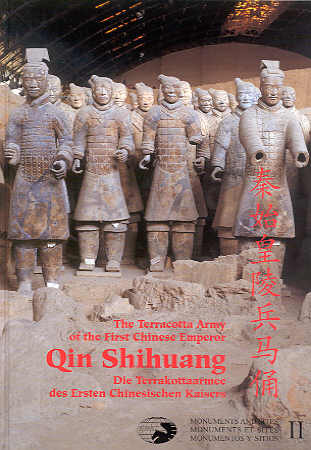Monuments&Sites VIII - Cultural heritage in the Arctic and the Antarctic Regions.
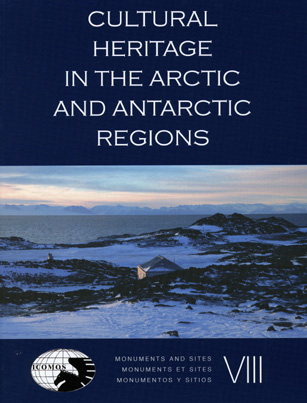 Compiled and edited for the International Polar Heritage Committee of ICOMOS by
Compiled and edited for the International Polar Heritage Committee of ICOMOS by
Susan Barr and Paul Chaplin
2004
78 pages
To order / Pour commander --- see the IPHC-ICOMOS website
Contents
- Paul Chaplin and Susan Barr - An overview of polar heritage sites
- Susan Barr - Polar monuments and sites – An introduction
- Paul Chaplin - Polar Heritage sites at risk – Politics, principles and practical problems
- Janet Hughes - Deterioration of Antarctic historic sites – Effects of Antarctic climates on materials and implications for preservation
- Roberta Farrell, Robert Blanchette (et al) - Scientific Evaluation of Deterioration in Historic Huts of Ross Island, Antarctica
- Michael Pearson - Artefact or rubbish – A dilemma for Antarctic managers
- Geoff Ashley and Richard Mackay - Mawson’s huts historic site, Antarctica: The conservation management plan as a decision making tool
- Doug Olynyk - Canada’s Yukon territory – Heritage at the edge
- Glenn W. Sheehan and Anne M. Jensen - When the indigenous tradition and the scientific tradition merge: Ukpeagvik Iñupiat Corporation’s Science Center in Barrow, Alaska
- Jean-François Le Mouël - Heritage in the French sub-antarctic territory: Between urgency and emergency
- Cornelia Lüdecke - German meteorological and magnetic base station on the Kerguelen Islands (1901-1903)
- Ruben Stehberg - Archaeologists document historical heritage in the South Shetland Islands
- Louwrens Hacquebord - Dutch cultural heritage in the Arctic

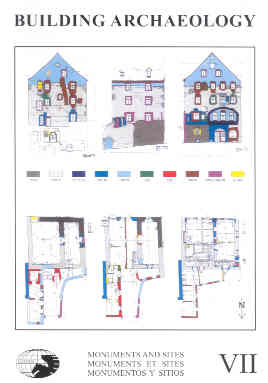
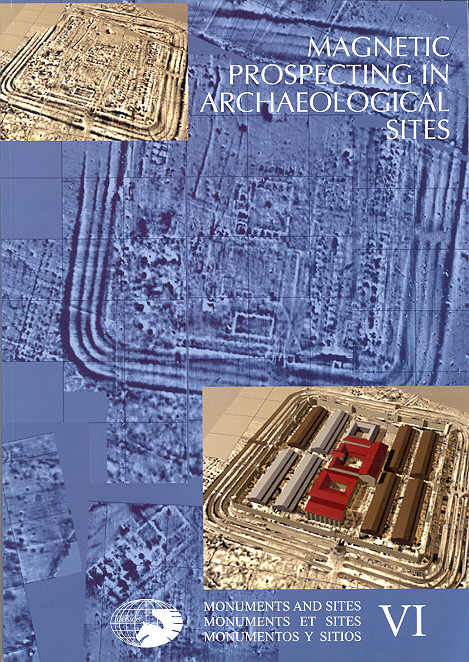
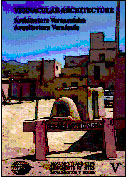 2001
2001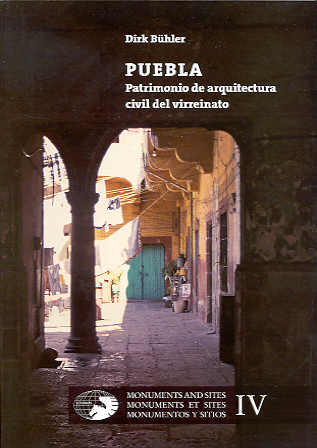
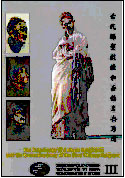 Eng. - Chi.
Eng. - Chi.